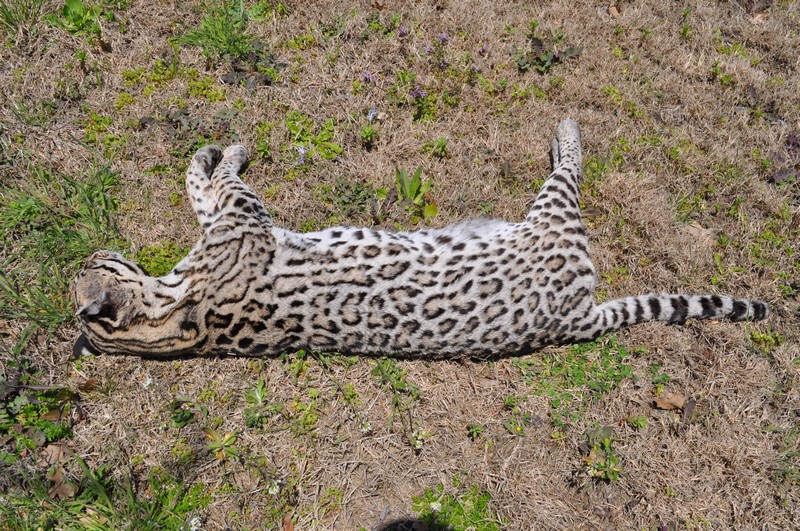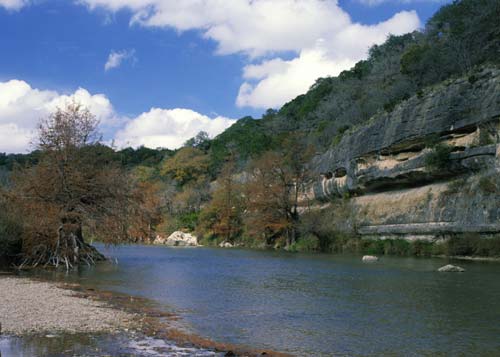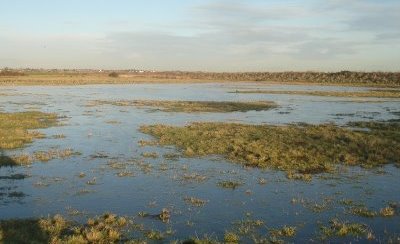The year of 2009 reiterated the importance of water on the landscape. Water is not only necessary for maintaining habitat and wildlife populations, but it’s important for humans as well. Because proper management can help mitigate for dry conditions,a Drought Mitigation Workshop is being held by Holistic Management Institute (HMI) on April 11-12 in Wharton, Texas.
Drought is a consistent state of the environment in Texas, particularly the South Central Valley and Gulf Coast Regions. As an organization that is committed to the health of the land, HMI Texas believes it is important to educate landowners about how they can prepare, manage through, and recover from drought. Farm Aid is also dedicated to helping landowners remain sustainable through drought conditions and we are privileged to have their financial support and partnership in this endeavor. Continue reading Drought Mitigation and Habitat Management




